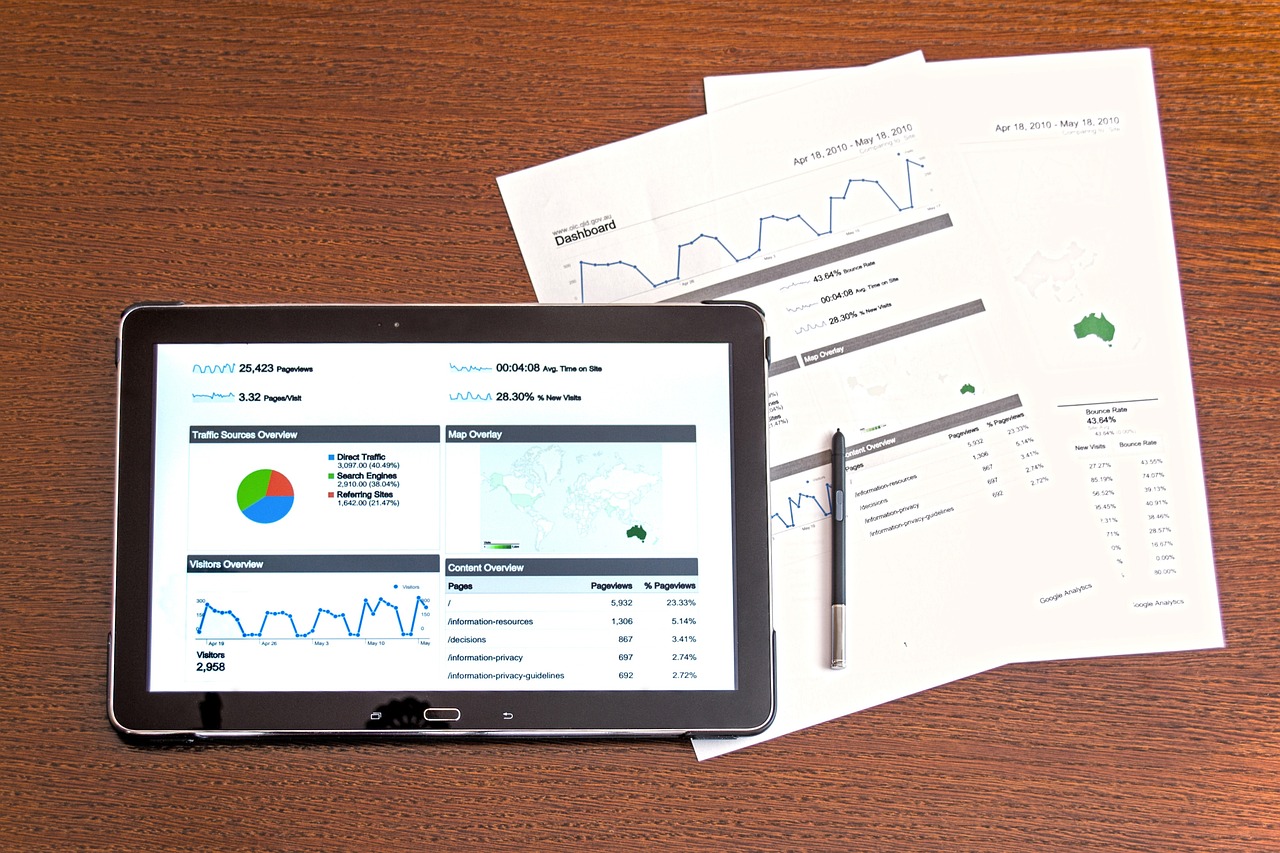Understanding the intricacies of a balance sheet can resemble solving a complex puzzle, but it doesn’t have to be daunting. Visualize your business as a theatre, where the stage props and costumes symbolize your assets, and the debts from ticket sales signify your liabilities. Just like a well-orchestrated play, a balance sheet ensures your financial performance stays on track by clearly presenting what you own and owe. In this comprehensive guide, we’ll demystify balance sheets using simple language and relatable examples, empowering you to manage your business’s financial health confidently. Let’s dive in and uncover the narrative your numbers reveal!
To embark on this journey, we’ll explore what a balance sheet is, its importance for your business, and the essential components that make it function.
What is a Balance Sheet?
A balance sheet serves as a snapshot of your business’s financial health at a particular point in time. It’s one of the three critical financial statements businesses utilize, alongside the income statement and cash flow statement.
Consider it a financial selfie—it captures everything your business owns (assets), owes (liabilities), and the portion attributed to the owners (equity) on a given date. This financial portrait allows you to comprehend your company’s net worth and financial position.
Just as a well-crafted selfie can reveal a person’s style and mood, a meticulously prepared balance sheet can convey substantial insights about your business’s financial standing and stability.
Why Balance Sheets Matter
Balance sheets extend beyond mere numbers on a page—they are potent tools that can guide your business decisions and help you monitor your financial progress over time.
For small business owners, balance sheets act as a financial compass. They enable you to:
-
Assess your company’s ability to settle its debts
-
Evaluate your business’s liquidity
-
Identify trends in your financial position over time
-
Make informed decisions about investments and financing
Moreover, balance sheets are crucial when interacting with external parties. Lenders often examine balance sheets to assess creditworthiness, while investors use them to evaluate a company’s financial health before deciding to invest.
Key Components Overview
A balance sheet is grounded in a straightforward equation: Assets = Liabilities + Equity. This fundamental relationship ensures that the sheet always “balances,” hence the name.
Let’s break down these components:
-
Assets: Everything your business owns or controls that holds economic value.
-
Liabilities: All the debts and obligations your business owes to others.
-
Equity: The residual interest in the assets after subtracting liabilities, representing the owner’s stake in the business.
Understanding these components and how they interact is key to effectively reading and interpreting your balance sheet. In the sections that follow, we’ll delve deeper into each of these elements, using our theatre analogy to make the concepts more relatable and straightforward.

Explore Further
To enhance your understanding of balance sheets through engaging discussions and real-world examples, listen to our podcast episode below. This episode will provide you with an in-depth look at how balance sheets function and their significance in maintaining your business’s financial well-being.
<div id=”buzzsprout-player-17368077″></div>
<script src=”https://www.buzzsprout.com/2498788/episodes/17368077-theatre-chairs-and-popcorn-making-balance-sheets-make-sense.js?container_id=buzzsprout-player-17368077&player=small” type=”text/javascript” charset=”utf-8″></script>
By immersing yourself in this audio experience, you’ll gain practical insights that complement the concepts covered in this guide. Enjoy the episode and feel empowered to take charge of your financial narrative!



